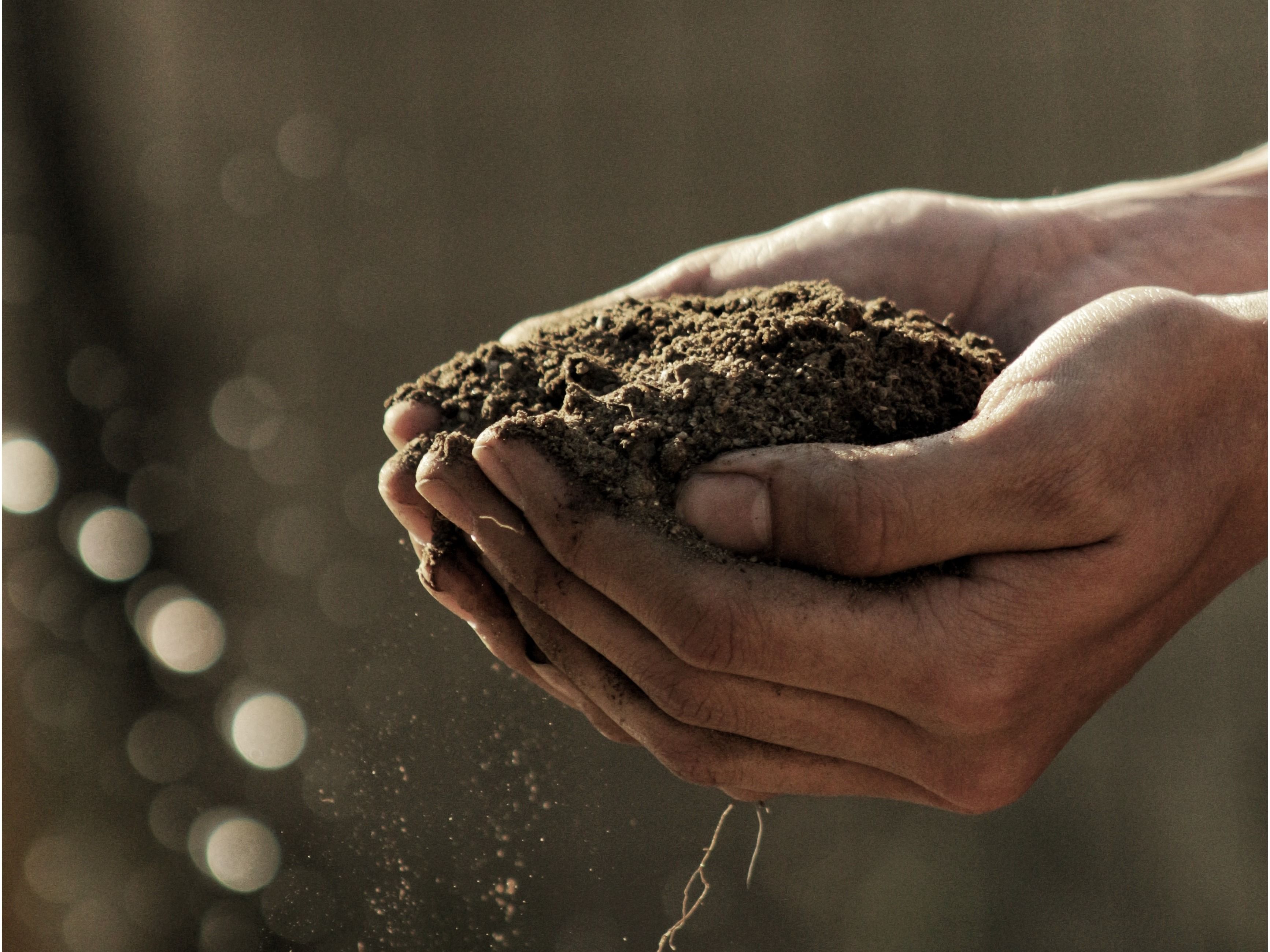
Added: Nov 15, 2021
Last edited: Nov 15, 2021
Through the initiative Maui Upcycle, the island is implementing an organic waste diversion initiative for sustainable resource recovery. Over 300 tons per year of recovered organics will be upcycled into nutrient-rich soil products to enhance the islands carbon cycle, reduce greenhouse gases, reduce the need for imported synthetic fertilizer, and support healthy soil initiatives.
Over 40% of the current waste stream disposed in the landfill in Maui contains valuable organic material (food scraps, yard clippings, compostable paper). This means approximately 62,000 tons or 124 million pounds of organic resources are buried in the Central Maui Landfill every year, geenrating methane and other harmful greenhouse gas emissions that contribute to climate change.
The collection service starts in 2021 with a pilot project in central Maui and it will include weekly pick-up of residential food scraps, providing 5-gallon buckets with lids and compostable bag liners along with information and instructions to ensure an easy and efficient process. Organic waste will be then processed by a modular aerobic digestion system that transforms food and organic waste into high value soil products. The BioDigester uses a combination of biological and mechanical processes that reduce organic waste volume and weight by up to eighty percent in less than twenty-four hours. The pilot project will produce a high nutrient and carbon rich natural fertilizer.
Iinitial operations are expected to divert 1 ton per day of food waste from landfill disposal. The biodigester technology will upcycle over 300 tons per year (600,000 lbs.) of recovered organic materials into nutrient-rich soil that can enhance the island’s carbon cycle, reduce greenhouse gases, reduce the need for imported synthetic fertilizer, and regenerate healthy soil.
Photo by Gabriel Jimenez on Unsplash

organic waste
